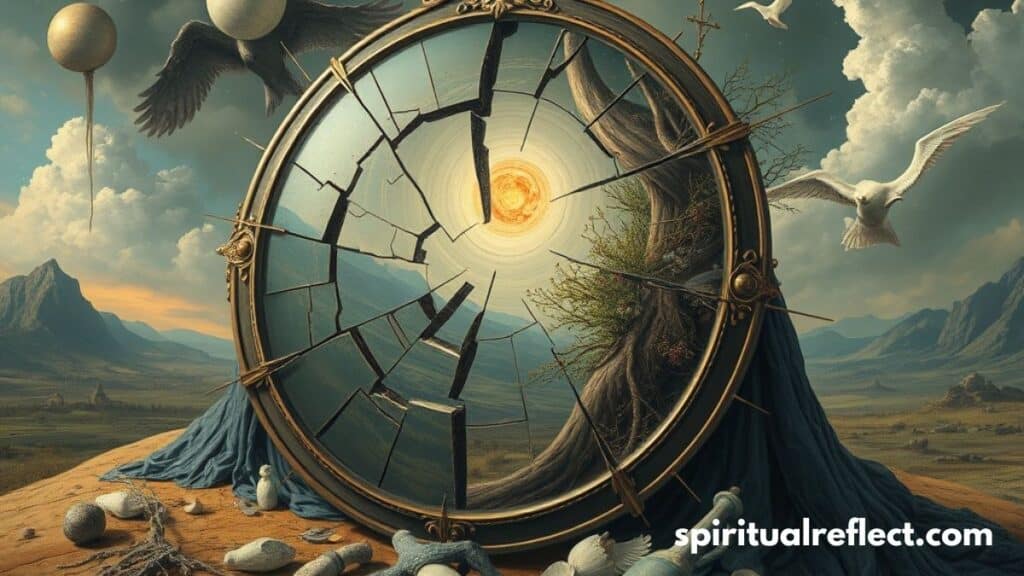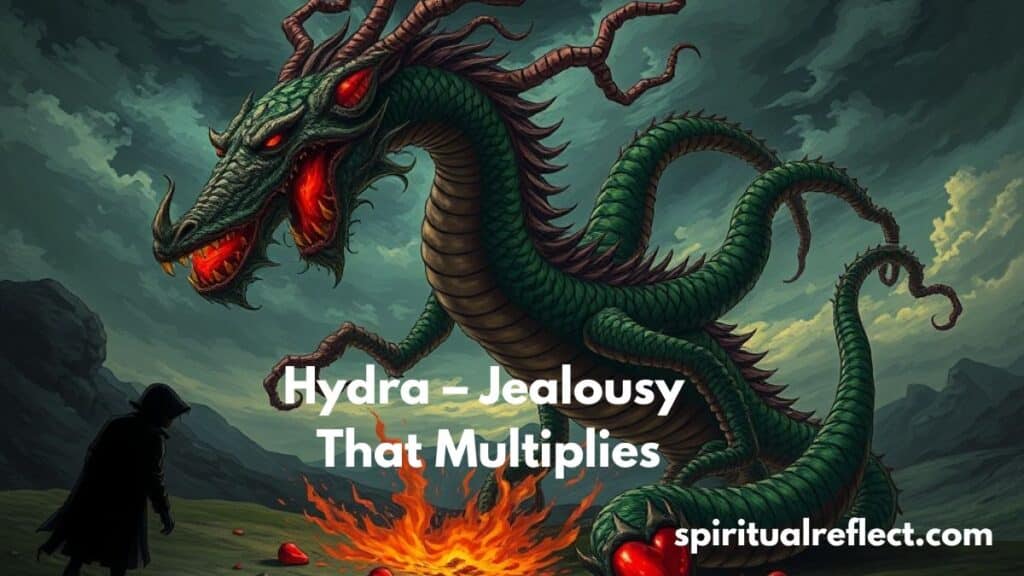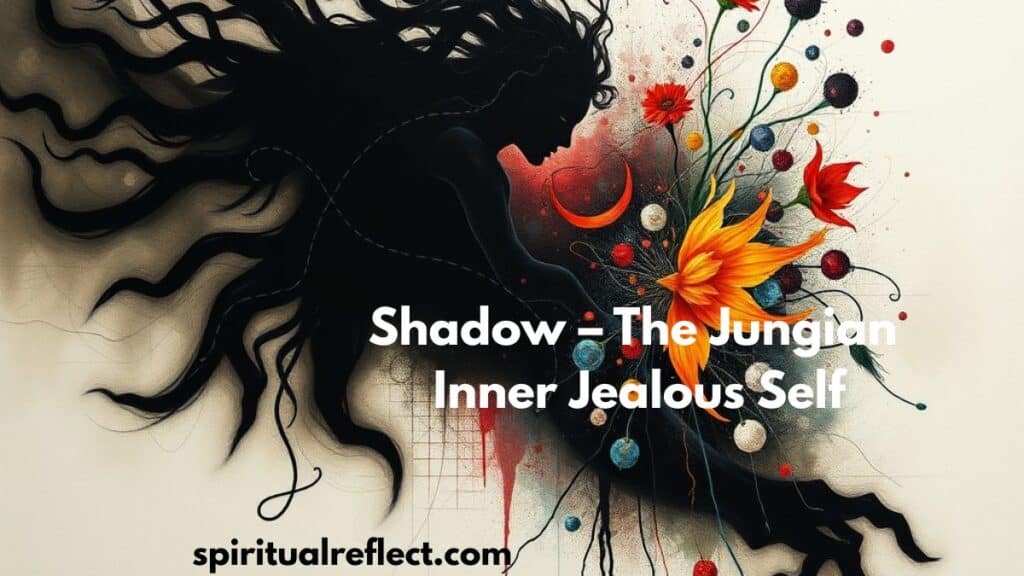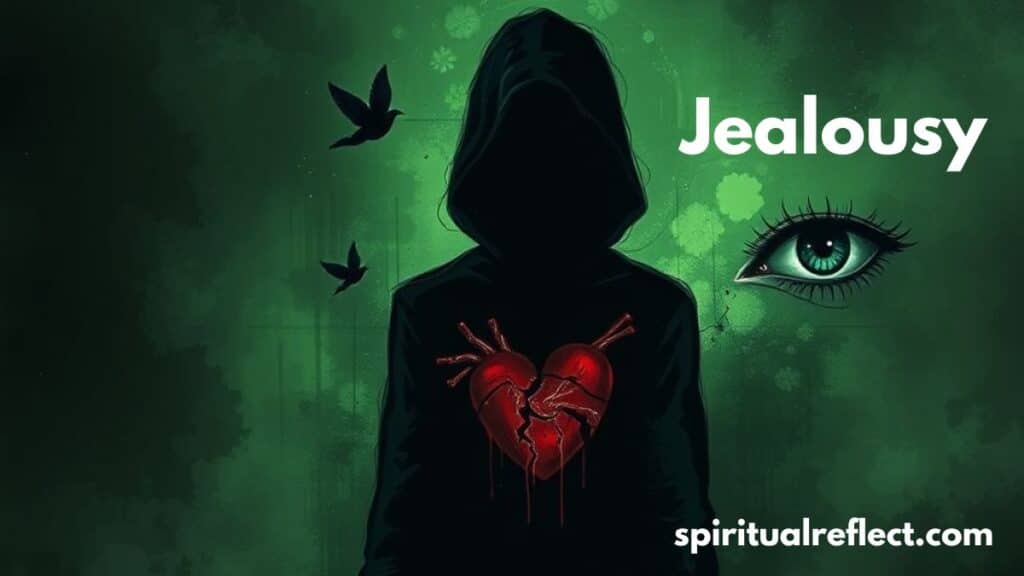Jealousy strikes like lightning—sudden, illuminating, and destructive. Often confused with envy, it’s an intense feeling rooted in insecurity, possessiveness, and fear of loss. In this comprehensive guide, we explore powerful symbols, psychological roots, real-life stories, and transformational strategies to help you reshape jealousy into insight, compassion, and emotional transformation.
What is Jealousy and How It Differs from Envy
Jealousy involves fear of losing something you already have—like affection, status, or love. Envy focuses on wanting what someone else possesses.
- Jealousy often breeds negative emotions like distrust or obsessive behavior.
- Envy creates a desire for others’ assets—success, attention, possessions.
- Both stem from insecurity, but are more relational and possessive.
Understanding the difference matters. May signal you value a connection, while envy shows frustration with comparison. Both tap into the seven deadly sins tradition as sinfulness that invites inner conflict and self-created messes.
Symbols of Jealousy: Deep Meaning Behind the Imagery
Symbols help us grasp complex emotional forces. Each image below embodies a facet of jealousy—from creeping resentment to explosive betrayal.
Poisonous Ivy – The Stealth of Jealousy
Symbolizes jealousy creeping into your life unnoticed, quietly rooting itself. It thrives in shaded places—relationships weakened by neglect or silent resentment. This vine suits the notion of possessive behavior hidden behind false calm.
Broken Mirror – A Shifted Inner Vision

The Broken mirror = distorted self-perception echoes how it distorts how we see ourselves and others. Insecurity magnifies flaws. You compare constantly, believing you’re unworthy. Social media fans this flame, showing only polished versions of others’ lives.
- Representation of internal comparison
- Impact on confidence and identity
- Link to emotional traps through distortion
Thorned Crown – Beauty Shrouded in Pain
The Thorn bush = hidden pain in beauty speaks to the masked by pride or martyrdom. You might present as strong, but internal suffering festers. It’s an ancient image used in cautionary mythology and ancient runes to warn against cruel devotion or toxic love.
Evil Eye – Jealousy as Negative Energy
The Evil Eye, rooted in Mediterranean lore, represents destructive envy as a spiritual fragmentation. It’s a malicious gaze—an emotional weapon that curses rather than curses. Today, side glances or passive-aggressive remarks reflect similar potency.
- Symbolic of judgment, resentment
- Represents covert hostility masquerading as concern
Green Serpent – Instinctive Betrayal
This Snake symbol taps into biblical and literary lore as a sneaky, jealous force. Shakespeare called it the “green-eyed monster.” It reflects blind lust, betrayal, temptation, and deep-rooted envy.
Spider Web – Manipulative Entrapment
The Spider web = entrapment in dishonesty highlights jealousy’s manipulation. You might gaslight a partner, isolate others, or create drama. This web traps trust, infecting relationships with toxic feelings.
- Symbol of control and deceit
- Emotional manipulation disguised as care
READ MORE: Pornography Prayer Points with Scriptures
Dark Cloud – Emotional Shadow
A looming Dark cloud = emotional shadow symbolizes persistent gloom created by jealousy. It casts shadows over joy, tainting love or friendship with suspicion. Like a stormy sky, negative feelings hover at the edge.
Hydra – Jealousy That Multiplies

Inspired by myth, the Hydra = multiplying emotional struggles: cut one head off, two grow back. Suppressing jealousy without acknowledgement often fuels deeper obsession. This appears in jealous hierarchies—families or workplaces where resentment builds.
Leviathan – Overwhelming Emotional Force
The sea monster Leviathan stands for jealousy as a massive, uncontrollable emotional force. It’s not just strong—it’s destructive, capable of sinking trust, love, and rational behavior.
Dagger – Betrayal That Comes from Within
The Dagger = betrayal and hidden threat reveals how jealousy turns into active sabotage. From literary tragedies like Othello to real-world career backstabbing, jealousy can motivate harm disguised as guidance.
Fire – Passion Ignited by Jealousy
Fire = uncontrollable passion/envy portrays jealousy as an intense, scorching emotion. When jealousy rages, logic disappears. Our brains light up areas like the amygdala, linked to primal fear and aggression.
Shadow – The Jungian Inner Jealous Self

Your shadow self includes traits you deny. Jealousy often emerges from unacknowledged needs or insecurities. Embracing this part of yourself helps you achieve self-reflection and strengthen confidence through integration.
Why These Symbols Matter in Healing Jealousy
Symbols help you track and interpret yourself and others. They package complex feelings into usable metaphors, making emotional patterns easier to recognize.
Benefits of Symbolic Awareness:
- Translates abstract emotions into digestible narratives
- Encourages emotional transformation through tangible imagery
- Jumpstarts self-reflection with clear parallels
| Symbol | Emotional Insight | Reflection Prompt |
|---|---|---|
| Broken Mirror | Distorted self-view fueled by jealousy | What beliefs about myself fuel comparison? |
| Spider Web | Manipulation based on fear or control | How has distrust been used to isolate me or others? |
| Leo/Viper/Dagger | Betrayal or sabotage masked as support | Where have hidden motives hurt relationships? |
Root Causes of Jealousy
Let’s uncover where this emotion comes from and how it feeds on underlying beliefs and experiences.
Evolutionary Roots
Jealousy evolved as part of mate guarding, resource protection, and boundary establishment. Early humans experienced jealousy when rivals threatened their access to mates or resources.
Psychological Conditioning
Childhood experiences—like emotional neglect or receiving conditional love—set up adulatory expectations. Attachments that feel unstable teach us jealousy as a survival mechanism.
Cultural Influences
Various cultures express themselves differently. In honor-based societies, it’s tied to shame and reputation. In Western contexts, individual success and comparison fuel burning with envy. Stories embedded in cautionary mythology—like Cain and Abel—use jealousy as a message of harm and downfall.
When Jealousy is Healthy vs. Destructive
Not all jealousy is toxic. Sometimes, it’s a signal that something needs attention.
Healthy
- Short-lived and communicative
- Prompts caring, not control
- Used to address vulnerability, not punish others
READ MORE : Angel Number 1044
Toxic Jealousy
- Persistent, obsessive, and controlling
- Masks dishonesty or insecurity
- Erodes confidence, trust, and personal boundaries
Signs of Toxic
- Constant surveillance or checking on someone
- Rivalry disguised as friendly competition
- Inability to celebrate others’ achievements
- Excessive comparisons
- Emotional traps built around validation
How to Transform Jealousy into Growth and Empowerment
Transforming jealousy doesn’t mean eliminating it—it means understanding and redirecting it.
Reflect with Symbols
Choose a symbol—maybe the Dagger when sabotage surfaces. Journal: When have I felt this? What beliefs drove it?
Leverage Therapeutic Tools
- CBT (Cognitive Behavioral Therapy) helps identify and counter jealous thoughts
- Mindfulness practices reduce reactivity and build emotional awareness
Open Communication
Discuss insecurities with loved ones. Share boundaries clearly. Jealousy often shrinks when addressed openly rather than hidden.
Build Confidence
Work on self-worth outside relationships. Celebrate small achievements. Disconnect from comparison culture.
Practice Emotional Boundaries
If envy of a colleague arises, focus on their strengths, which inspire you. Use jealousy as motivation, not sabotage.
Real Life Case Studies & Quote Insights
Workplace Rivalry Example
Two team members competed for a promotion. Every small success triggered comparisons. One colleague’s jealousy grew like a Hydra, causing tension, passive-aggression, and eventual reporting. When they finally addressed it—matched expectations with feedback—they resolved the conflict.
Romantic Relationship Example
In a long-term relationship, A felt insecure about B’s friendships. A comparison is constantly made, fueling anxiety. The Broken Mirror symbol fits: distorted self-perception. Therapy focused on insecure attachment, self-esteem building, and communication. Over time, trust returned and so did peace.
Quotes on Jealousy:
- “Jealousy is the tribute mediocrity pays to genius.” – Fulton J. Sheen
- “Comparison is the thief of joy.” – Theodore Roosevelt
Exercises for Self-Reflection with Symbols
Use these exercises to learn from your emotional patterns:
- Pick a Symbol: What resonates—Spider Web or Dark Cloud?
- Journal Prompt: When did jealousy first enter your life? What triggered it?
- Visualize It: Draw or imagine the symbol. Where does it appear in your inner world?
- Track Shifts: Notice reduced intensity or new patterns over time.
Conclusion
Jealousy is more than just a bad mood or a passing thought. It’s a strong emotion that often hides deeper pain, like fear, insecurity, or feeling left out. When left unchecked, they can grow into harmful thoughts and behaviors. But when we understand where it comes from, we can begin to change it.
By learning to recognize the signs and symbols of, we take the first step toward healing. Whether it’s a broken mirror showing our distorted self-image or a thorn bush hiding pain, each symbol teaches a lesson. You don’t have to control your life. It can become a signal, a wake-up call for change. Facing it with honesty and self-reflection leads to stronger confidence, better relationships, and a clearer heart.

Rana Ahmad is the creator of Spiritual Reflect, where she shares insights on personal growth, mindfulness, and meaningful living to inspire a more intentional life.







